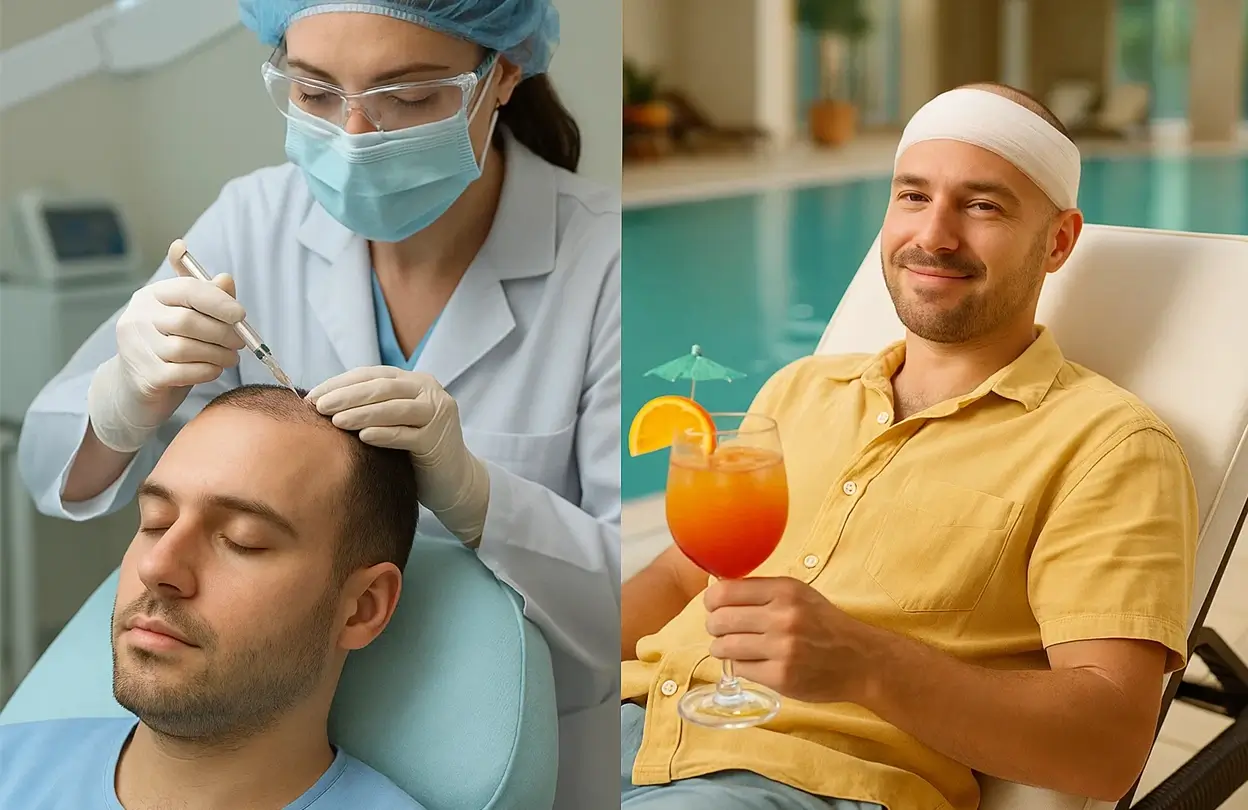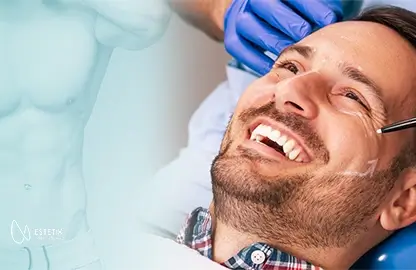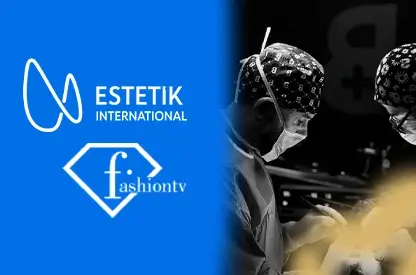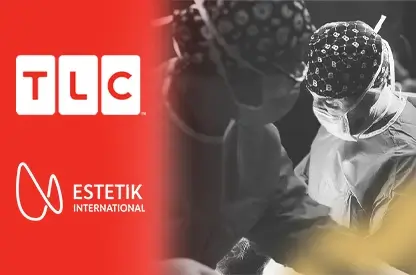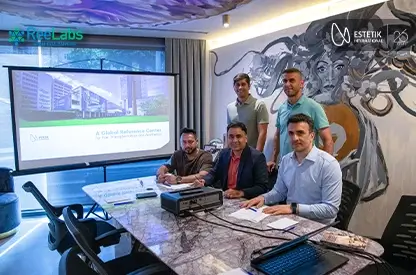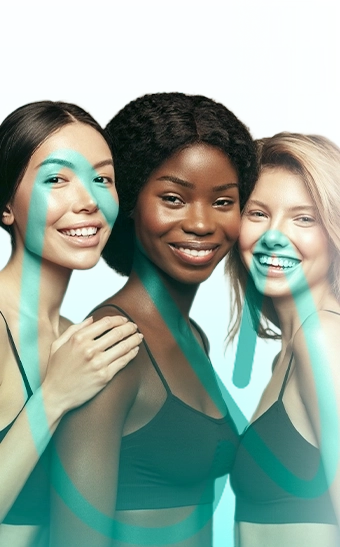August 22, 2025
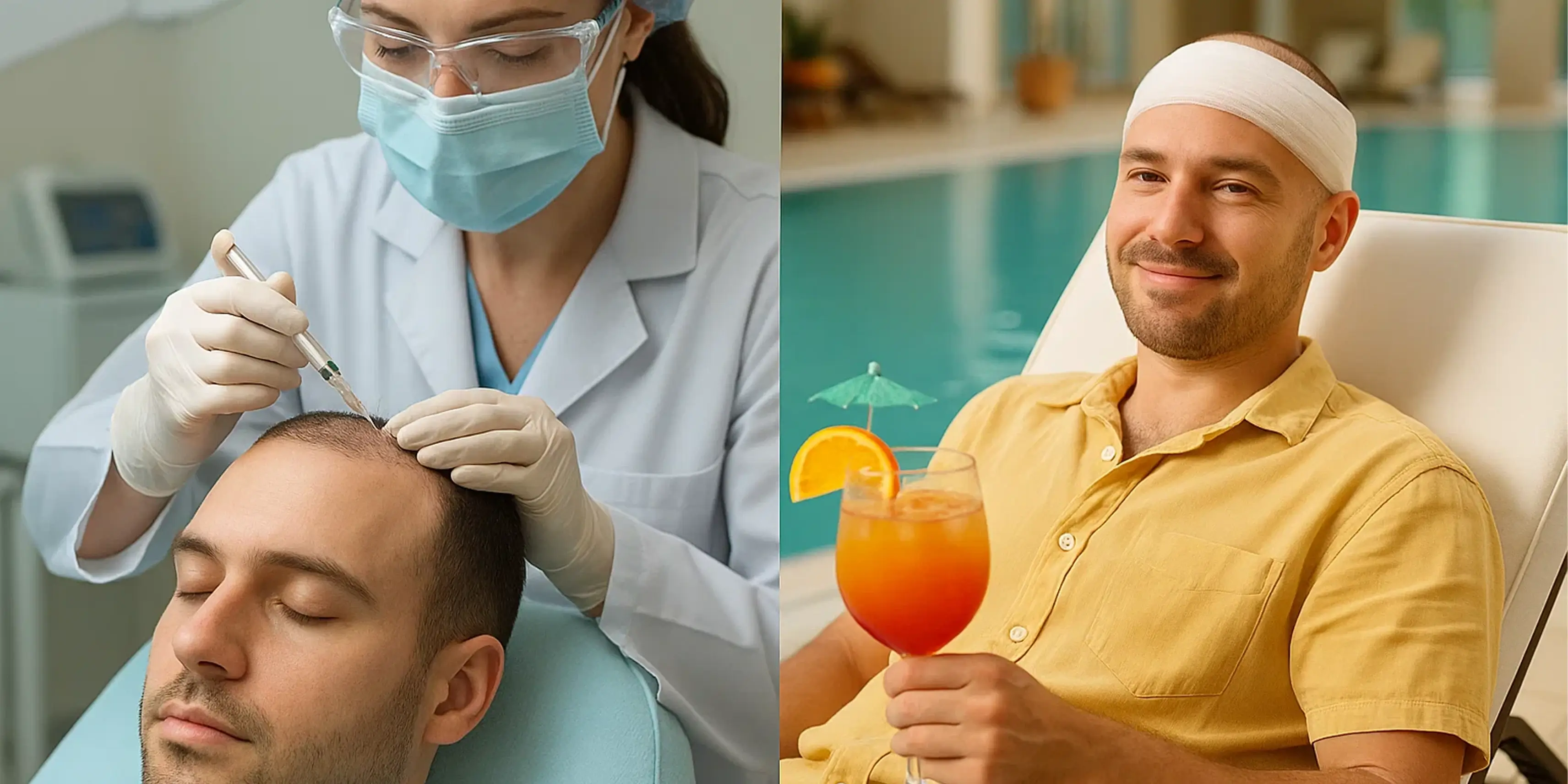
Hair Transplant Recovery in Summer: Myths, Tips & Real Results
Hair transplantation has evolved into a minimally invasive and highly successful procedure for patients experiencing hair loss. However, concerns often arise about the optimal timing of surgery, particularly during the summer months. Common questions include whether heat, humidity, or sun exposure might negatively impact healing or results.
This article examines the validity of these concerns, clarifies misconceptions, and offers practical guidelines for patients considering hair restoration surgery during the summer season, especially those traveling for treatment abroad.
Common Myths About Hair Transplantation in Hot Weather
Myth 1: “Hair transplants are not suitable for summer.”
Clarification: While summer does require more attentive postoperative care, it is not an unsuitable season for hair restoration procedures. Many patients prefer to undergo surgery during their summer holidays, when work and social obligations are reduced, providing an ideal recovery window.
Modern techniques such as FUE (Follicular Unit Extraction) and DHI (Direct Hair Implantation) offer less invasive interventions and faster healing times, making them well-suited for elective summer scheduling, provided patients follow postoperative care protocols. The Organic Hair Transplant®, developed and patented by Estetik International, enhances the regenerative process by incorporating autologous fat-derived stem cells into the transplantation process, which may further support healing and improve graft survival in varying seasonal conditions.
Myth 2: “Sweating or heat will compromise graft survival.”
Clarification: It is true that excessive sweating and prolonged heat exposure in the immediate postoperative period may increase the risk of complications such as infection or inflammation. However, when patients adhere to professional guidance, such as staying indoors during peak heat hours, maintaining scalp hygiene, and avoiding strenuous activity, there is no evidence to suggest that high temperatures compromise graft viability.
Myth 3: “Postoperative recovery must occur indoors and in isolation.”
Clarification: The most sensitive period of hair transplant recovery typically spans 7–10 days, during which the scalp may exhibit redness, swelling, and minor crusting. While patients are advised to avoid sun exposure and high humidity during this time, they are not required to remain in isolation. Light indoor activity, short shaded walks, and routine daily functions are generally permitted.
Best Practices for Summer Hair Transplant Recovery
Scalp Protection from Sunlight
Direct ultraviolet (UV) exposure can adversely affect healing incisions and pigment within newly formed scar tissue. For this reason, patients are advised to avoid sun exposure to the treated area for at least 2–3 weeks post-surgery. When traveling or outdoors, protective measures such as wide-brimmed hats or parasols may be recommended, provided they do not compress the implanted region.
Avoidance of Swimming and High-Humidity Environments
Patients should avoid swimming pools, the sea, or hammams/steam rooms for approximately three to four weeks following surgery. Chlorinated or saline water can disrupt the healing process, and increased humidity can raise the risk of infection if hygiene is not meticulously maintained.
Modified Physical Activity
Heavy physical activity and exercise, especially those resulting in perspiration or increased blood pressure, should be suspended during the early postoperative phase (typically 10–14 days). Walking and non-strenuous indoor activity may be resumed earlier, based on the surgeon's evaluation.
Washing and Scalp Care
Patients are educated on specialized washing protocols using physician-recommended shampoos. Gentle application, tepid water, and avoidance of direct water pressure or vigorous towel drying are essential. This phase is crucial in preventing dislodgement of the grafts and facilitating natural shedding of scabs.
| Postoperative Day/Week | Typical Observations |
|---|---|
| Days 1–3 | Minor swelling and redness; sensitivity at donor and recipient sites. |
| Days 4–7 | Formation and natural flaking of scabs; itching may occur. |
| Week 2 | Crusts typically shed; scalp appears clearer; low-impact activity can resume. |
| Weeks 3–4 | Initial “shock shedding” of transplanted hairs begins. This is a normal part of the cycle. |
| Months 2–4 | Dormant phase followed by early regrowth. |
| Months 6–9 | Visible improvement in density; hair becomes thicker. |
| Month 12 | Final results with complete follicular maturity. |
Advantages of Summer Hair Transplantation for International Patients
For patients traveling from abroad, particularly from countries with long holiday periods or academic breaks, summer presents practical advantages:
- Greater scheduling flexibility
- Time to recover without work or academic pressures
- Discretion during recovery (healing often appears like a holiday break)
- Ability to combine treatment with a short-term stay in Istanbul
At Estetik International, we support this demand by offering medical tourism packages that include private accommodations, translation support, post-operative medical kits, and transportation.
Professional Oversight Makes the Difference
Choosing a reputable clinic with experience in managing seasonal postoperative care is crucial. At Estetik International, our approach includes:
- Use of minimally invasive techniques (FUE, DHI, and Organic Hair Transplant®)
- Patented aftercare protocols tailored to warm climates
- Multilingual teams with international patient coordination
- Ongoing support through digital consultation and follow-up services
Final Considerations: Is Summer an Appropriate Time for Hair Transplant?
Yes, with proper precautions and professional guidance, summer is a suitable and often preferred season for hair transplantation. While higher temperatures and UV exposure require additional awareness, they are not prohibitive factors. The most critical elements are patient education, personalized planning, and post-surgical discipline.
By adhering to well-defined recovery instructions and choosing an experienced provider, patients can expect excellent outcomes regardless of the season.
Consultation and Scheduling
If you are considering hair restoration and would like to schedule your procedure during the summer months, Estetik International provides complimentary online consultations for international patients. Our specialists will evaluate your needs, answer your questions, and provide a tailored treatment and recovery plan.
For more visit: www.estetikinternational.com/treatments/hair
www.instagram.com/estetikinternational/



